I'm a new member of the forum and new homeowner. I've done a lot of reading on the forum and asked a few basic questions I've had, but I'm looking for some guidance from the veterans for the future of my lawn.
Some history:
We purchased our home on the Jersey shore last year. We removed 10 trees and graded the yard (primarily the front yard) to alleviate some drainage issues. We installed an irrigation system and had the parts of the yard that had been stripped down to dirt seeded with Tall Fescue in September. I'm happy with the results so far, but I really want to have the best lawn in the neighborhood so I still have work to do. We have approx 7500 sq ft of grass. I mow at 3.25". I'm currently honing my watering skills - I put tuna cans out last night and found I'm only watering about 1/2" per cycle, so I'm planning on doubling the watering times and only watering once per week.
What I've done so far:
-Fall 2013 - 20 lbs Scott's Turfbuilder Winterguard
-3/23/14 - 20 lbs Scott's Turfbuilder with HALTS crabgrass preventer
-5/25/14 - 20 lbs Scott's Turfbuilder Weed & Feed
-5/28/14 - Soil test from Rutgers (soil for test was collected a few days prior to previous fertilizer application). Results - pH 5.77, Phosphorus 543, Potassium 236, Magnesium 442, Calcium 3060, Zinc 15.52, Copper 9.94, Manganese 21.35, Boron .35, Iron 303.60.
-6/14/14 - 16 lbs Jonathan Green Mag-I-Cal
-7/6/14 - 16 lbs Jonathan Green Mag-I-Cal
-7/7/14 - 108 lbs Milorganite
I've had to do my fair share of weed pulling. In early spring, we had a lot of onion grass. A bit later, we had Star of Bethlehem. Now I'm battling crabgrass. I'm not overly concerned about the weeds, I believe it is largely the result of young, thin turf and hope it will improve each year. Also, I now realize I applied the crabgrass preventer too early so it lost it's effectiveness too early.
Obviously I was originally naive enough to think if I just followed the Scott's program I'd get the amazing results I was looking for. Less than a year into that program I'm already unhappy with it, so as you can see I switched to Milorganite. (Hey, at least I didn't drink the TruGreen Kool-Aid!) I think Scott's is good enough for the average homeowner as I believe most would be happy with the lawn I have, but I've listened to what you've said and I'm ready to focus on soil health rather than just pumping my grass full of nitrogen.
My plans for the fall:
-In the areas where trees were removed, the soil is sinking pretty badly. In addition, the grass isn't great in those areas. The worst spots are nothing but dirt, the best is thin yellow grass. Since the grass isn't great, I'm planning on digging it out in an attempt to remove any and all sawdust the stump grinder left behind and replace with store bought top soil to a level of an inch or two above the existing soil in anticipation of more sinking/compaction. I plan to tamp the soil down as I fill the holes to minimize future compaction.
-Aerate and overseed entire lawn, possibly with a slit seeder.
Questions:
-What's the best schedule to follow for Milorganite? I don't have the budget to follow Andy's schedule, but I can certainly bump up what the bag recommends. Would bag rate once a month from April 1 - Oct 1 be a good plan?
-Now that I'm making the switch to Milorganite, what else do I need to apply and when (weed control, winter prep, etc)? I'm not necessarily looking to go 100% organic, I just want to do what's best for my soil. If synthetic weed control options don't hurt the soil or grass, I'm ok with using them.
-I'd like an interpretation of my soil sample and recommendations to fix any issues. I know it's not Logan Labs, but to my amateur eye this seems pretty close. If it's really not good enough or too much time has passed, I'll get it retested at Logan.
-The grass bordering my driveway and walkway is the worst grass in the yard...brown and dead in spots. According to my research I think this is due to the heat the blacktop and brick radiates which dries out the soil. I don't want to unnecessarily run my sprinklers just to hit these small strips of grass and I can't see myself standing out there with a hose every other day of the summer. Assuming I'm correct about the cause, do I have any other options?
-The soil is all native (well, not good quality top soil anyway) and contains a lot of stones. It appears to me in a few spots there are so many stones just below the surface that the grass isn't thriving. I discovered this while trying to troubleshoot some brownish grass...I stuck my screwdriver down and it was frequently blocked by stones. When it didn't hit a stone, it went right in. Is it worth it to pull up the grass, dig out the stones, replace with top soil, and lay the grass back down?
-My neighbor has a pine tree that overhangs my side yard and the grass is thin below it. What do I need to do (aside from chopping down branches) to help it out? Extra lime?
-This probably isn't the best place for this question, but it's worth a shot - I have chipmunks/chipmunk holes all over my yard. At first I didn't mind them, but now they're really ticking me off by digging around my tomato plants every morning. I'm trying to find a humane solution - and no, relocating them isn't humane in my book (and, for the record, drowning them is just plain cruel). I just want them to dig in my neighbor's yard instead of mine ;) I'm going to try to dump some used kitty litter in their holes. Any other ideas? I actually don't even care if they continue to live in the holes, my main concern is stopping them from digging around my plants. I tried chili powder - didn't do a thing.
Looking forward to hearing your thoughts. Thanks in advance!


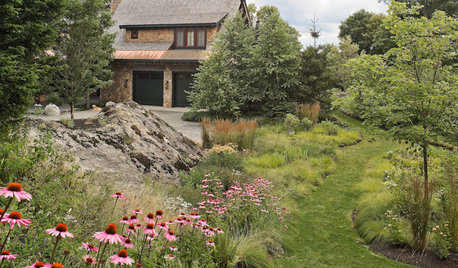

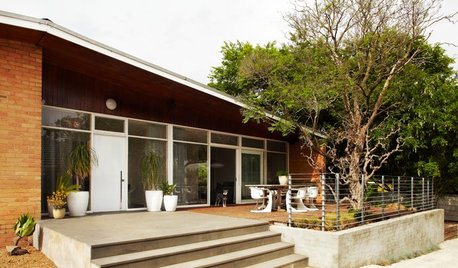


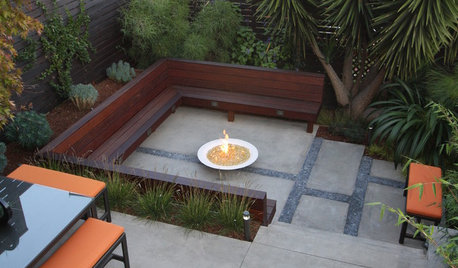

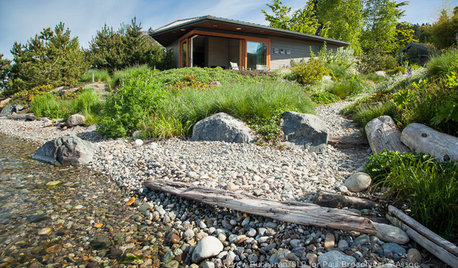



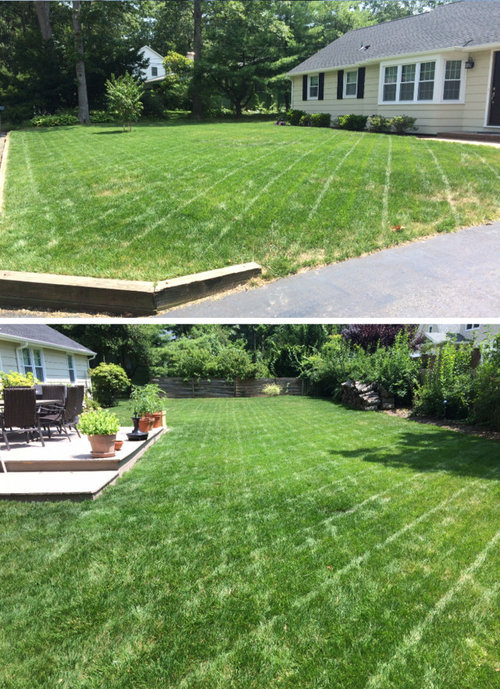

morpheuspa (6B/7A, E. PA)
dchall_san_antonio
Related Discussions
My Experiences Leveling My Lawn with Sand
Q
My lawn care for the last 5 years...What should I do next?
Q
Taking it to the next level...
Q
How to take this bedroom to the next level?
Q
timtsbOriginal Author
morpheuspa (6B/7A, E. PA)
morpheuspa (6B/7A, E. PA)
morpheuspa (6B/7A, E. PA)
timtsbOriginal Author
morpheuspa (6B/7A, E. PA)
timtsbOriginal Author